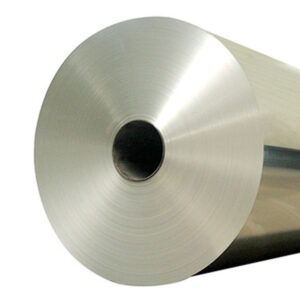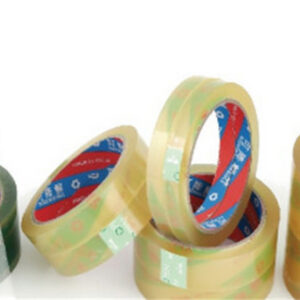Abstract:
This article introduces an innovative Absorbent Fish / Seafood pads that utilizes polyethylene (PE) and wood-pulp paper as its primary materials, providing a safe, efficient, and eco-friendly solution for the food industry. As a disposable product, it allows for customization of various colors and sizes to meet diverse food packaging and transportation needs.
Introduction
The food industry, especially in the context of fresh produce, is a crucial domain that affects the health and well-being of countless households. As food safety and preservation demand increases, the expectations for packaging materials have also become more stringent. Conventional absorbent pads often employ synthetic materials and chemical additives that might have adverse effects on food and contribute to environmental pollution. However, this article will explore an innovative food freshness absorbent pad that utilizes polyethylene (PE) and dust-free paper, effectively combining functionality, safety, and environmental consciousness, presenting a novel solution for the food industry.
Materials and Characteristics
The Absorbent Fish / Seafood pads are crafted from polyethylene (PE) and wood-pulp paper. Polyethylene is a common plastic material known for its excellent physical properties, such as high tensile strength, impact resistance, and chemical stability. On the other hand, dust-free paper is a highly pure and low-dust specialty paper widely used in medical and food-related fields, boasting exceptional water-absorbing capacity and breathability.
The key features of the absorbent pad include:
1. Absorbency:
Coating the polyethylene film with a layer of wood-pulp paper forms a porous structure that swiftly absorbs moisture, preventing water accumulation, and maintaining food freshness and dryness.
2. Environmental Friendliness:
Using polyethylene and dust-free paper eliminates harmful substances and any potential food contamination, while the materials themselves are biodegradable, reducing the environmental burden.
3. Customization:
Customers can request tailored absorbent pads in various colors and sizes, accommodating different food packaging and transportation requirements.
Functions and Applications of Absorbent Fish / Seafood Pads
TheAbsorbent Fish / Seafood pads, as a functional packaging material, find extensive application in various fields:
1. Fresh Food Packaging:
It is used for packaging fresh produce such as vegetables, fruits, and seafood. During transportation and storage, the pad absorbs moisture, preserving food freshness and quality by preventing water accumulation.
2. Meat Packaging:
The absorbent pads are ideal for meat products, absorbing blood and fluids to maintain hygiene and safety.
3. Ready-to-Eat Food Packaging:
Employed for ready-to-eat and semi-prepared foods, the pad prevents oil and water separation, preserving the food’s texture and appearance.
4. Frozen Food Transportation:
During the transportation of frozen foods, the absorbent pad prevents freezing, ensuring the food’s quality and taste.
Environmental Consciousness and Sustainable Development
Environmental consciousness has become a pressing topic in today’s society, with every industry seeking sustainable solutions. The absorbent pad’s eco-friendly properties stand out as a significant advantage. By using biodegradable polyethylene and dust-free paper, food safety is ensured, and environmental impact is reduced. Being a disposable product further avoids secondary pollution, making a valuable contribution to environmental protection.
Additionally, the customization feature reduces material waste, enhancing production efficiency and adhering to “lean production.” Customizing absorbent pads to meet specific customer needs ensures efficient utilization of materials and resources, minimizing unnecessary waste.
Conclusion
In conclusion, the Absorbent Fish / Seafood pads, as an eco-friendly, safe, and efficient innovative packaging material with polyethylene (PE) and dust-free paper, have presented a novel solution for the food industry. Its disposable nature and eco-friendly materials open up broad prospects in the fresh food sector. However, to achieve more sustainable development, continuous efforts are necessary, focusing on material improvement, enhanced supervision, and increased consumer environmental awareness. Only through these collective endeavors can we better protect the environment and create a more sustainable living environment for future generations.
















